The world offers hundreds of bird species to explore. So, we’ve done the research and gathered 21 bird types that start with V in their name.
Contents
1. Variable Sunbird
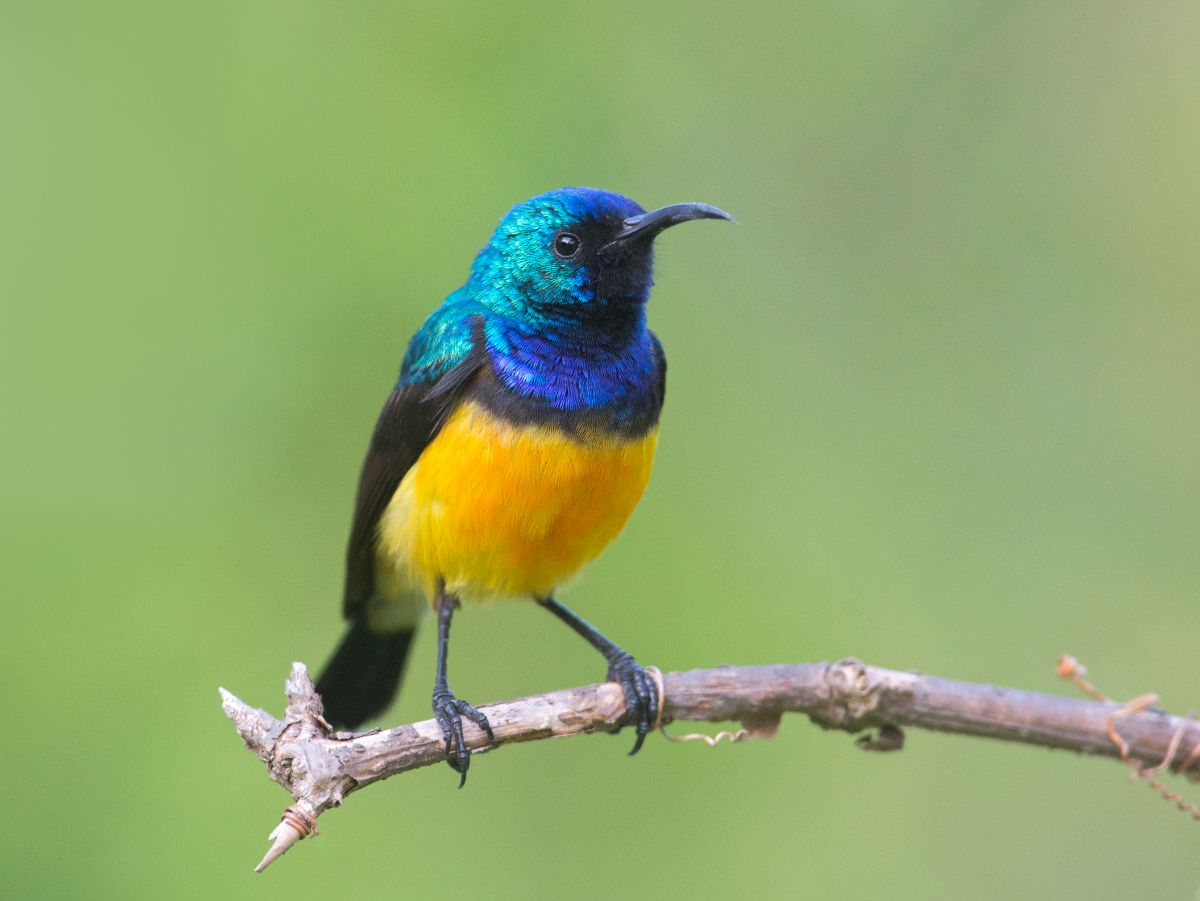
The Variable Sunbird is known for the male’s bright yellow bellies and green on the head and back. This is the opposite of female partners, who sport dull yellow and olive brown hues. They primarily feed on nectar but will also forge on insects. They reside in Africa, the Gulf of Guinea, and the southeastern coastline.
2. Varied Bunting
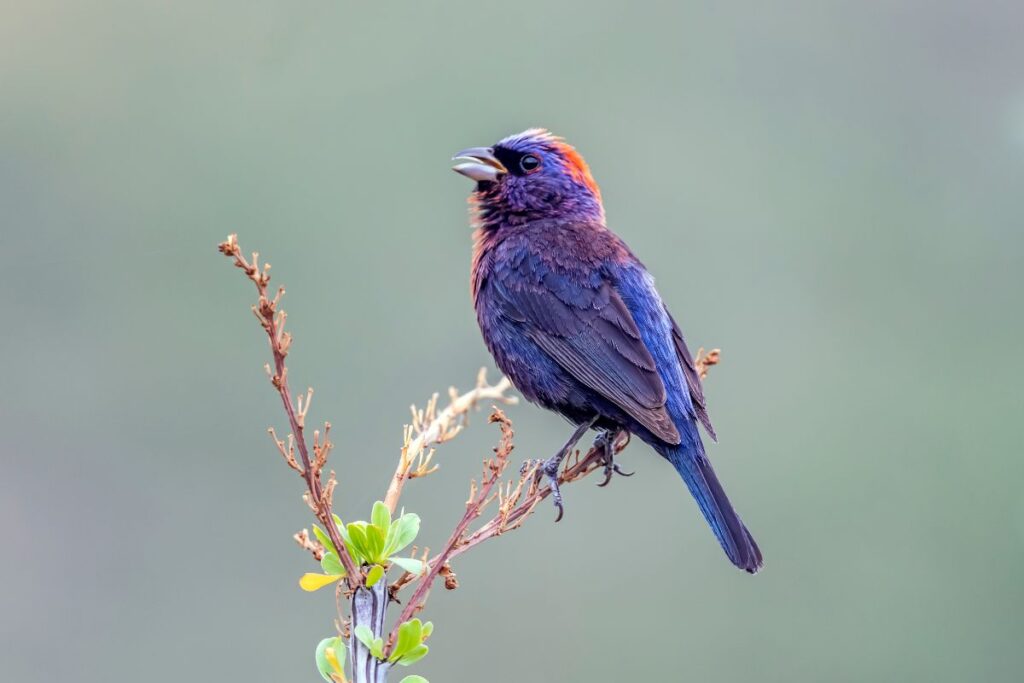
The Varied Bunting is native to Mexico, but you can also find them in Texas and Arizona. The males display a unique blend of crimson, cherry-red, rich plum, and lavender-violet colors. The females consist of pale browns in contrast. Their diet includes insects, as they are ground foragers.
3. Varied Thrush
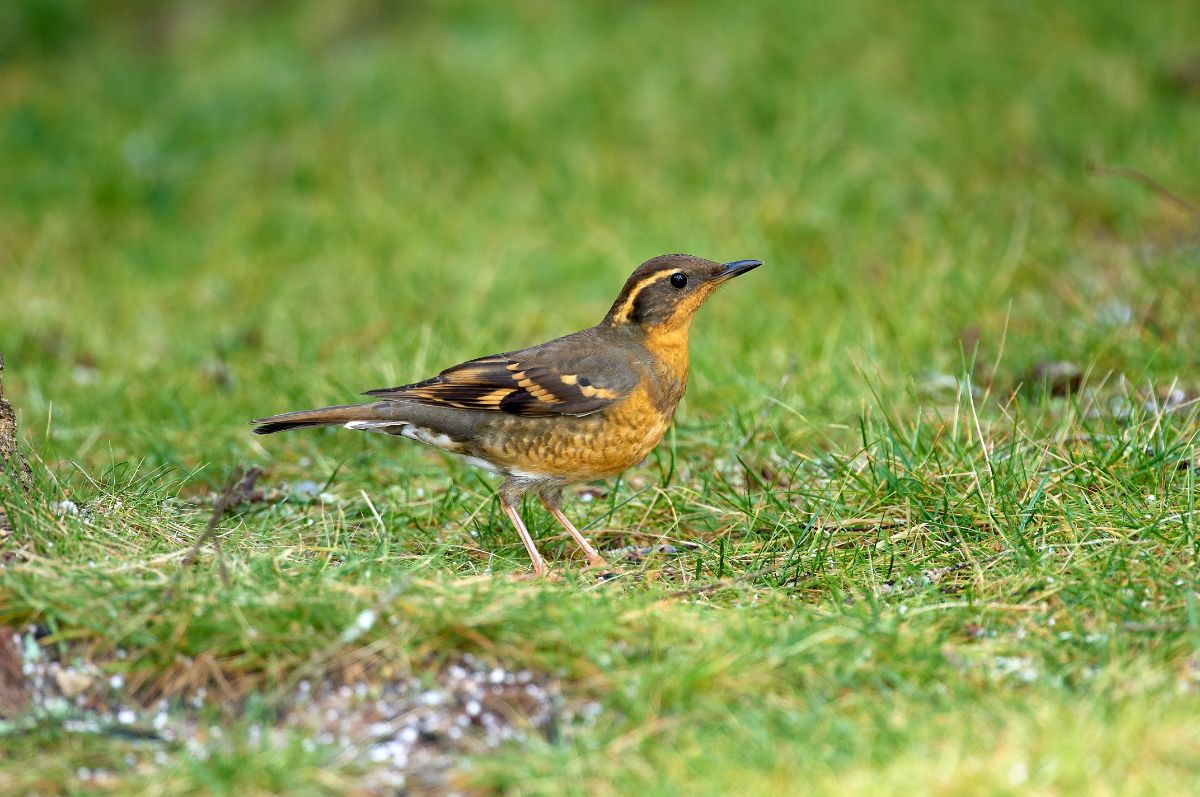
The Varied Thrush is a North American bird larger than others in its species class. The males have intense coloring, with bright orange, black, dark gray, and grayish-blue hues. Alternatively, the females have gray and brown plumage. Their diet is mainly insects but also includes fruits, seeds, and acorns.
4. Variegated Fairy-Wren
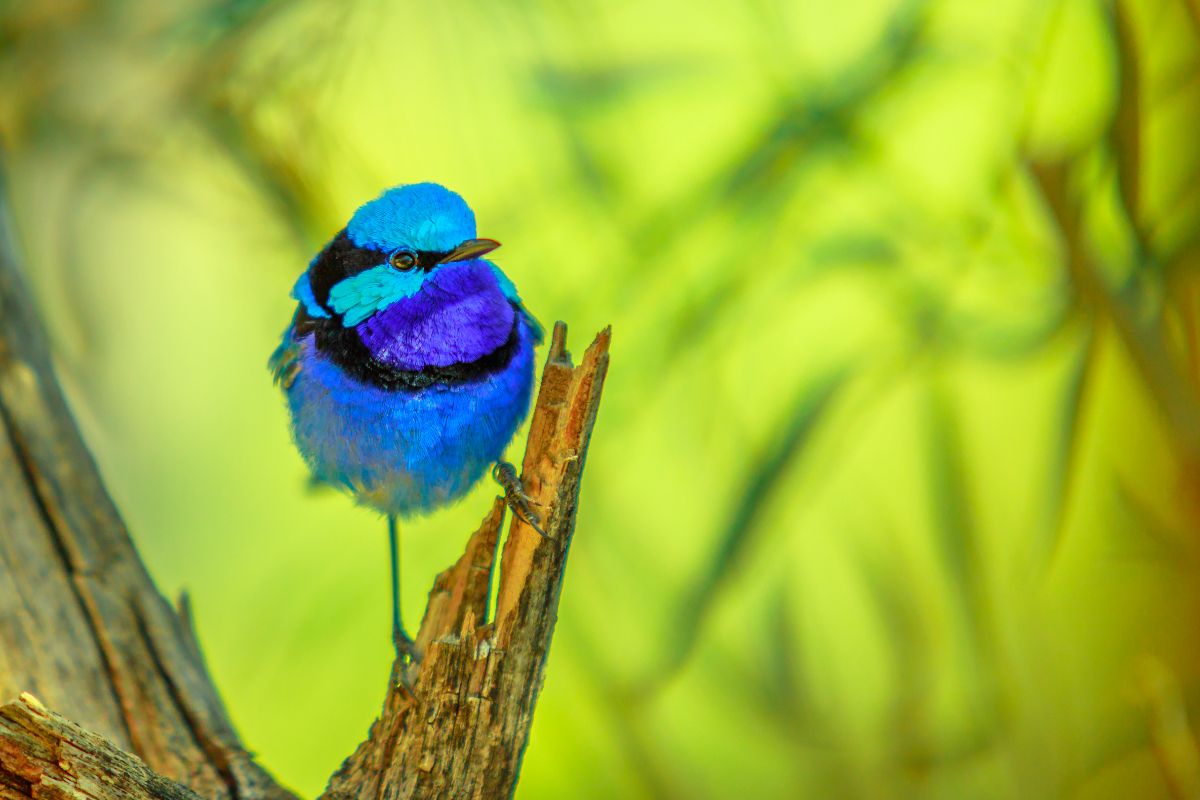
The Variegated Fairy-Wren is native to Eastern Australia. Like other bird types, the males have a colorful plumage of azure blue and chestnut brown, while females sport gray-brown or blue-gray coloring. They are shrubbery foragers, eating primarily insects in vegetation.
5. Variegated Flycatcher
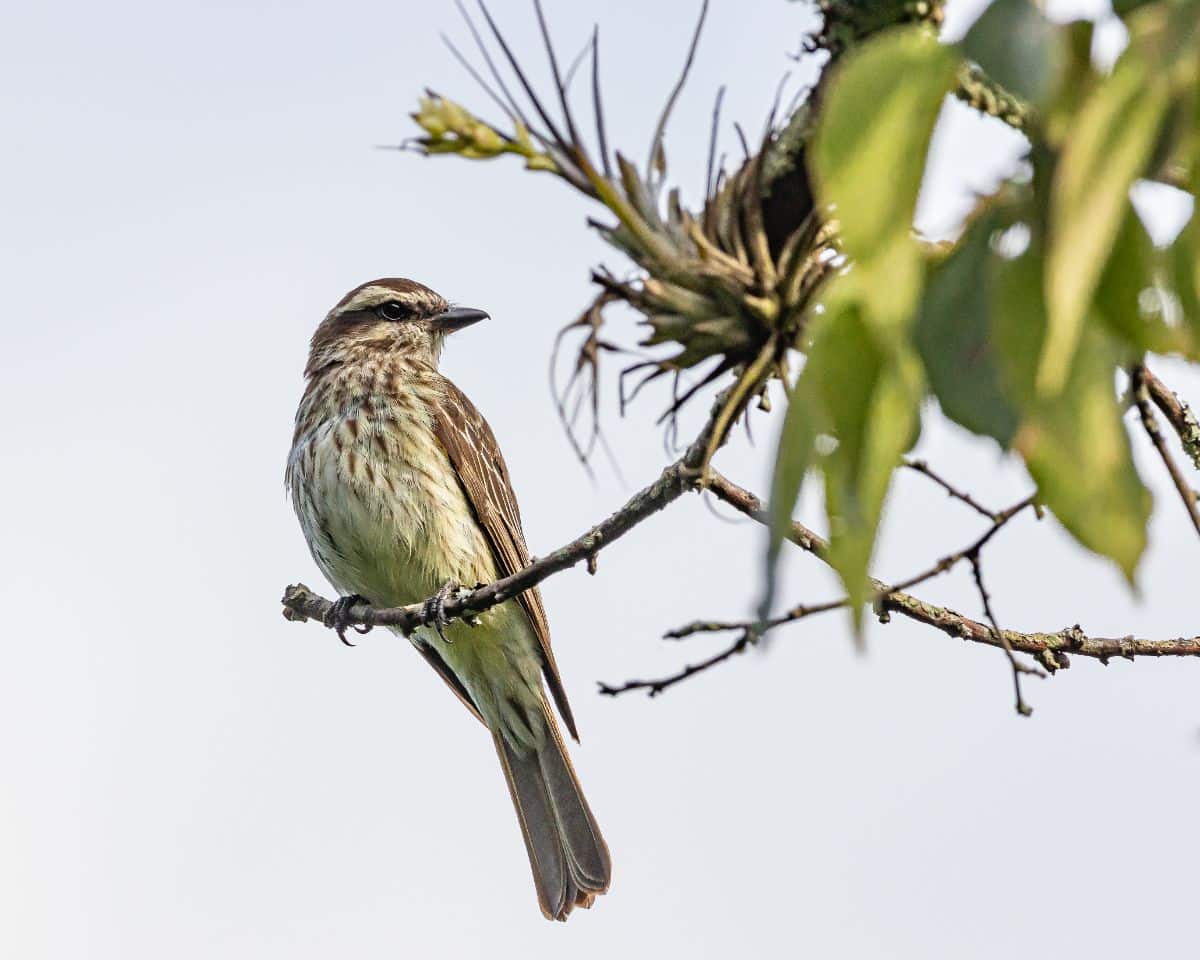
The Variegated Flycatcher is primarily found in South America, although there have been minimal sightings in North America. Their color pattern includes a black mask and crown, with white eyebrows and mustache sections on their head. Their diet consists of insects, fruit, and berries.
6. Vaux’s Swift
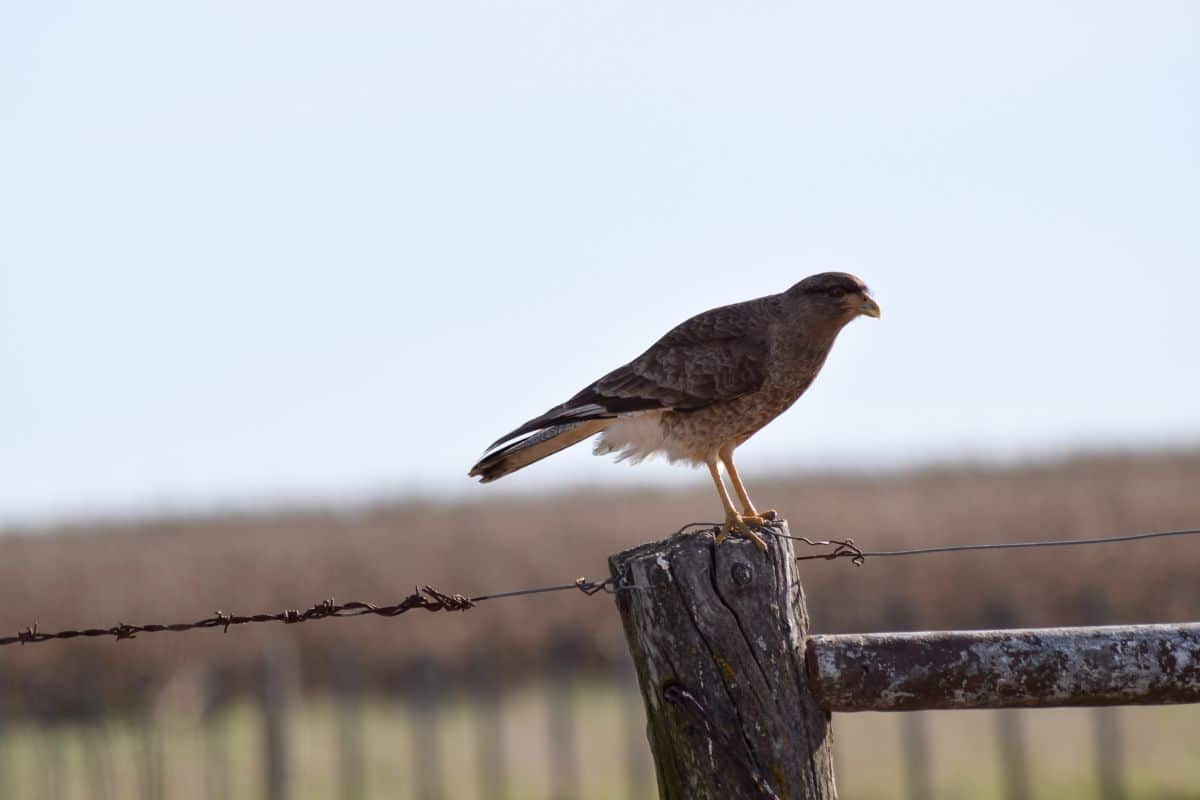
The Vaux’s Swift is primarily in the northern South America regions, Central and North America. Both sexes are similar, with dusty black and grayish-brown plumage. Their diet consists of insects as they forge through forests and open areas.
7. Veery
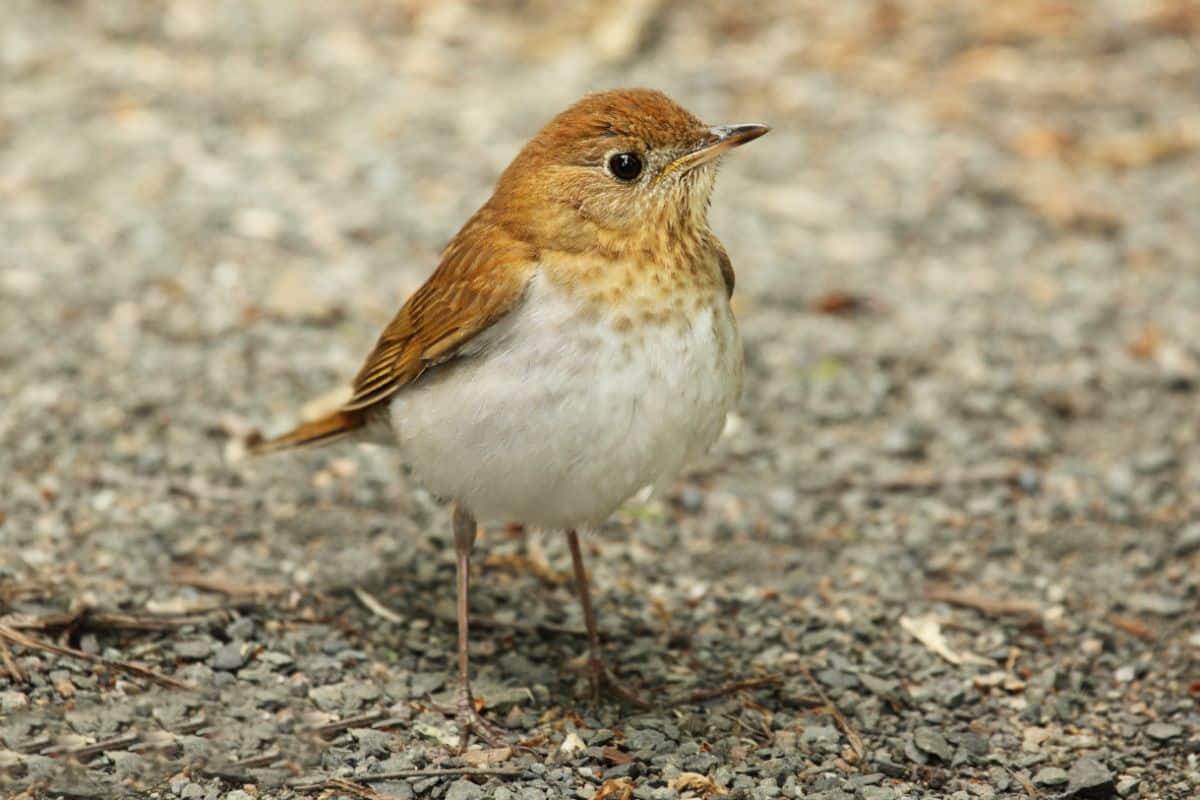
The Veery is a Thrush species in North America. They appear with light brown, tawny, cinnamon coloration with white underparts, subtle eye rings, and spotting on the chest. They are ground foragers, primarily feasting on insects but will consume berries and fruit.
8. Velvet Scoter
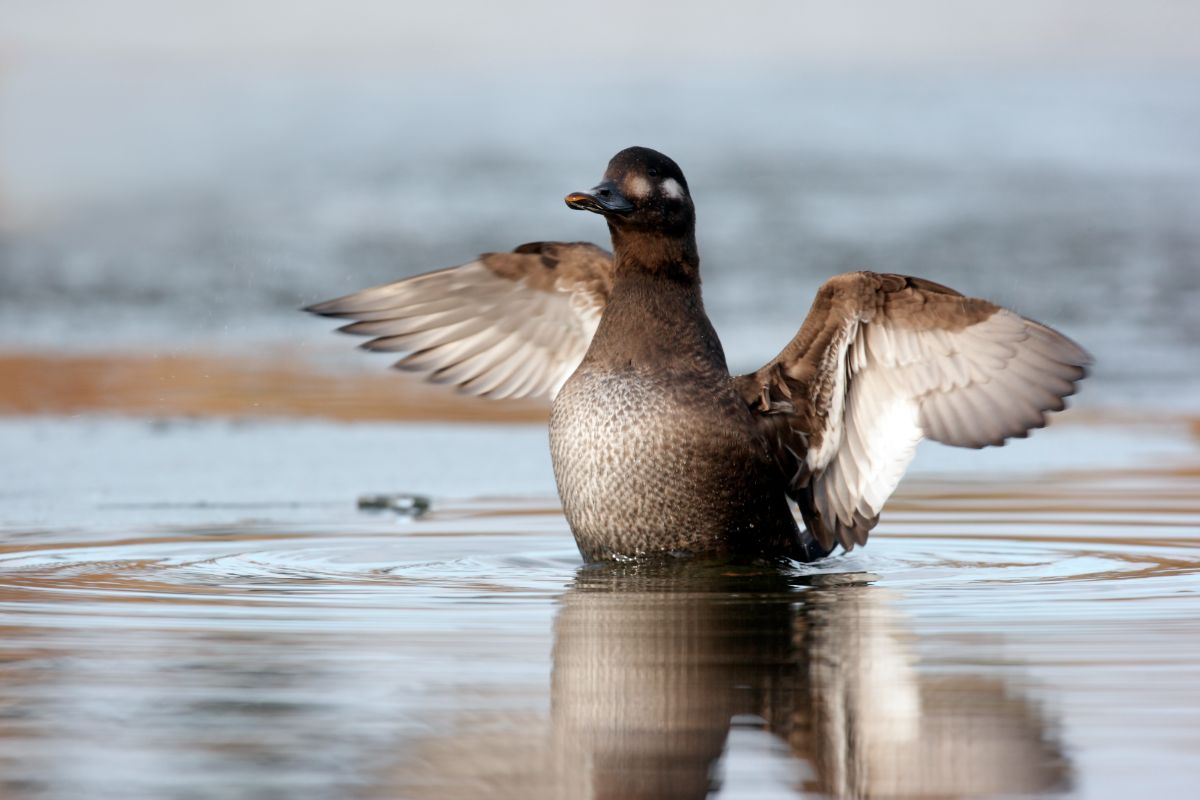
The Velvet Scoter is a sea duck and resides in the north-western region of Europe. The males are all black with white around the eyes, while females are dark chocolate-brown, with pale head patches and white wing sections. Their diet consists of crustaceans and mollusks.
9. Venezuelan Flowerpiercer
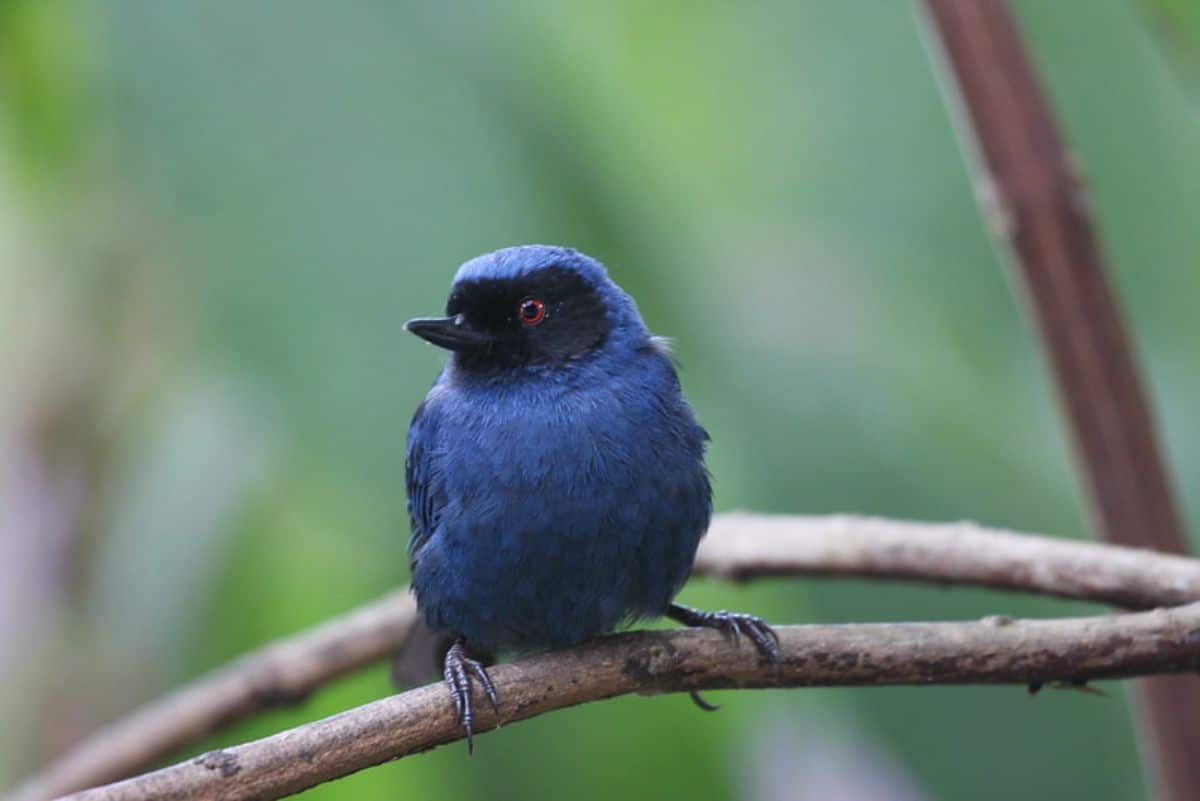
Native to Venezuela, the Venezuelan Flowerpiercer is an endangered species due to lack of habit. The males are entirely black, and the females are a lighter olive-yellow hue. Their diet includes nectar, flower parts, insects, seeds, and fruit.
10. Verdin
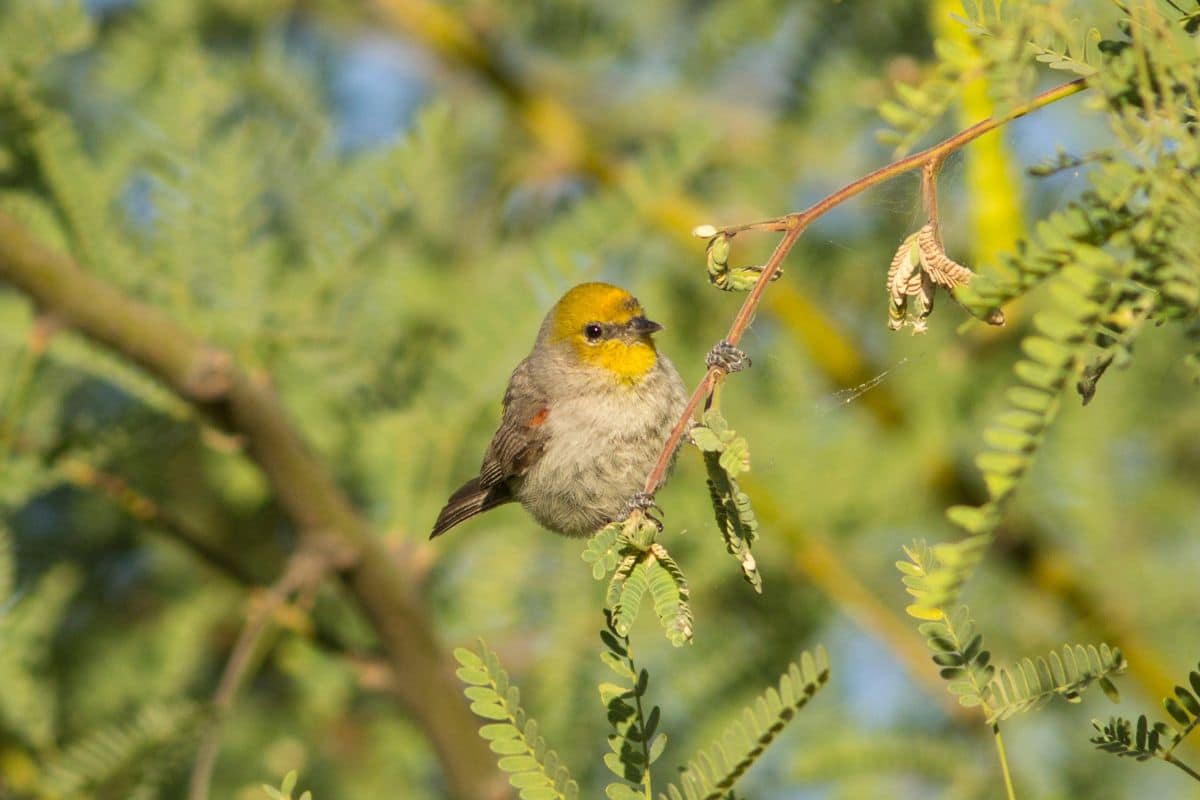
The Verdin is a North American bird that is similar to the Chickadee. They sport a grayish-chestnut color plumage with a bright yellow head. They tend to forage on insects but can consume nectar and fruits.
11. Vermilion Flycatcher
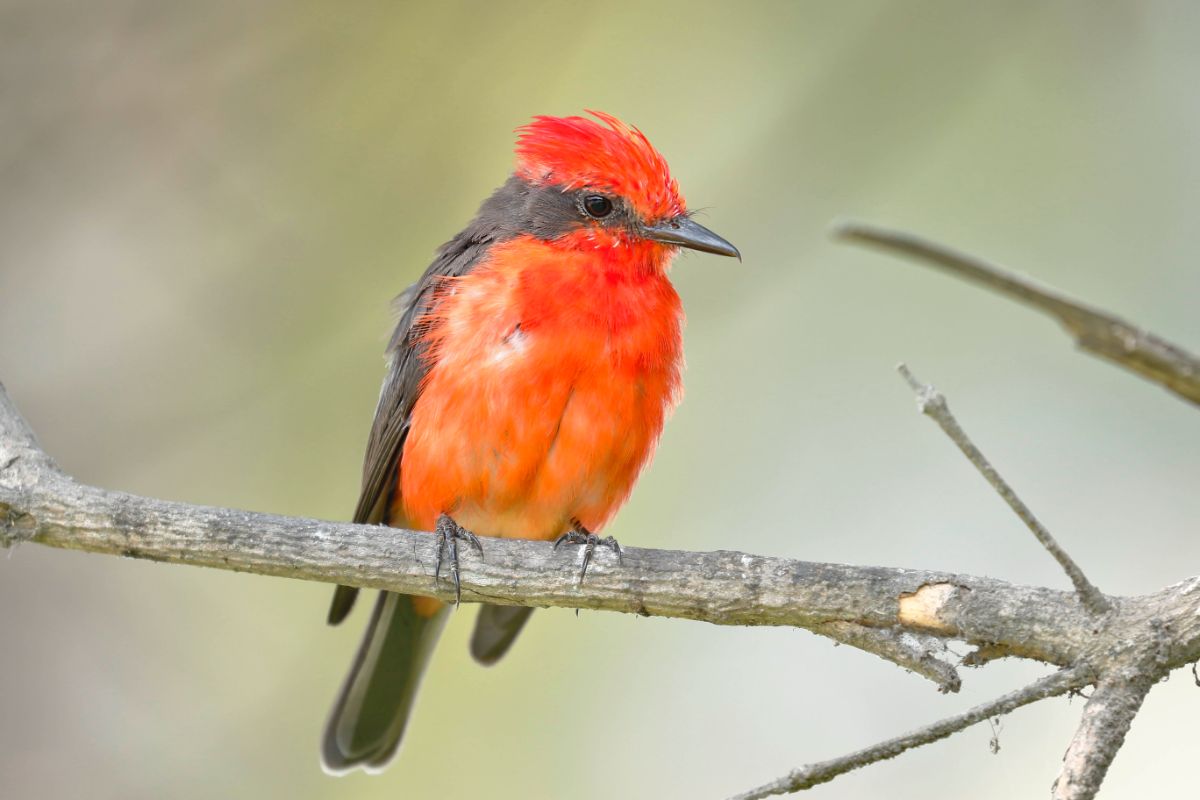
The Vermilion Flycatcher is common in South America and southern regions of North America. The male is distinct with their bright red crown, chest, and underbody with brownish tails and wings, whereas the females are subtle without the red coloration. They feed primarily on insects but are opportunistic foragers.
12. Verreaux’s Eagle
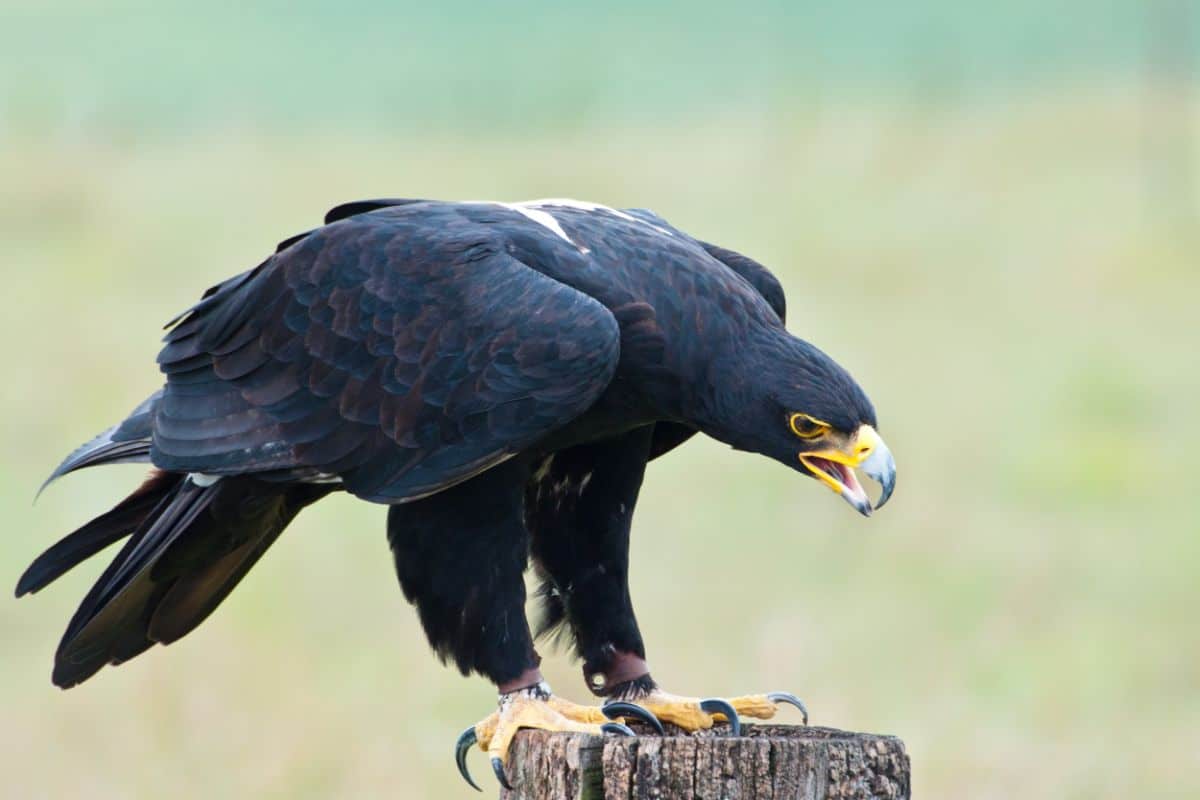
The Verreaux’s Eagle is common in Africa, also known as the Black Eagle, and is one of the largest African Eagles in the region. Their dark plumage includes eye-rings and eyebrows with white sections on the upper back and tail. Their diet mainly incorporates Hyraxes but can extend to small mammals, eggs, and reptiles.
13. Verreaux’s Eagle Owl
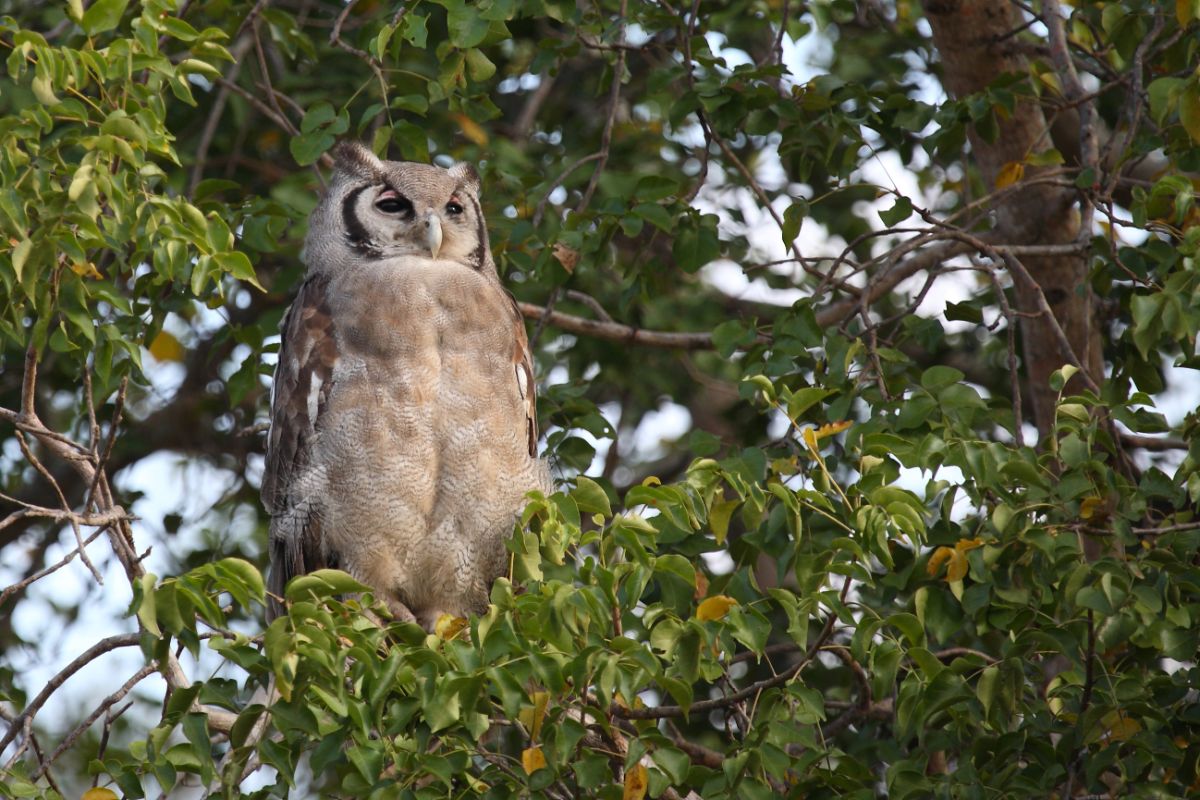
The Verreaux’s Eagle Owl is native to the south-Saharan region of Africa. They are large gray owls with dark stripes that frame their face. Their diet is primarily small mammals but can include insects and other birds.
14. Vesper Sparrow
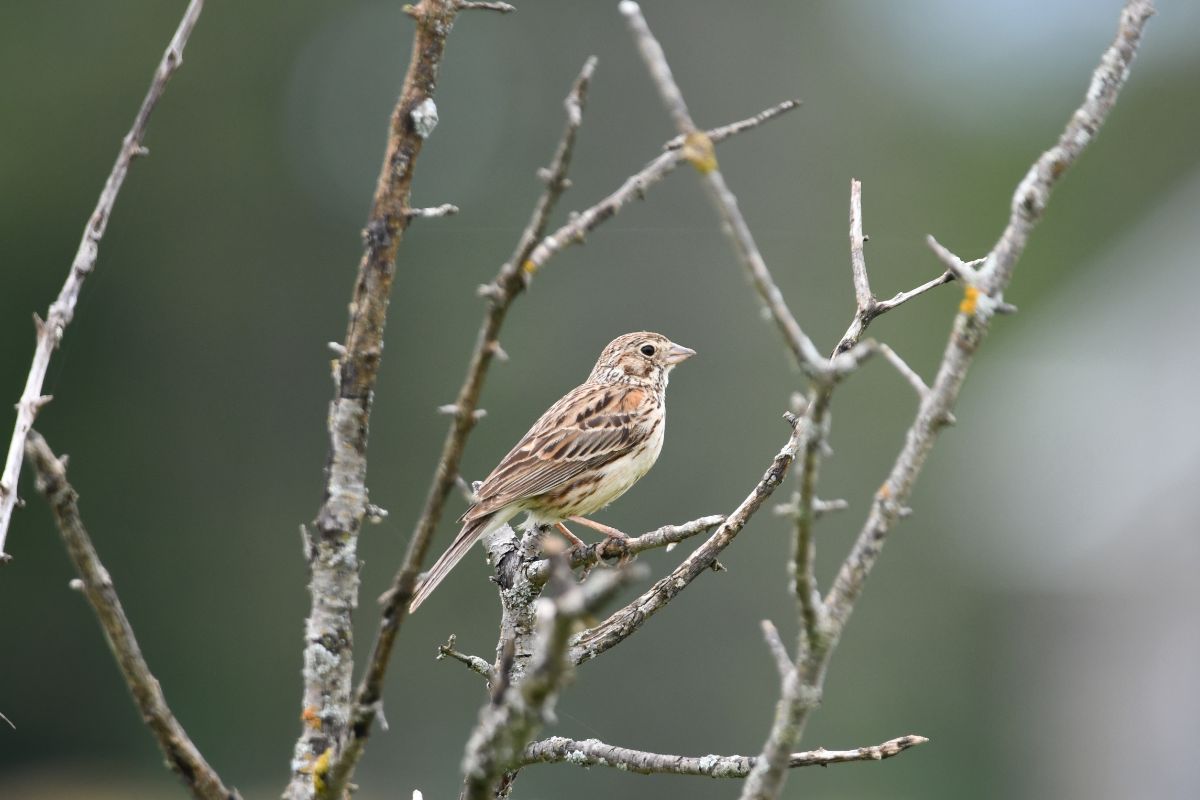
The Vesper Sparrow is native to North America with light brown plumage, lighter underparts, dark streaks, and a white eye ring. Their diet consists of grass seeds, grains, and weeds but can extend to insects.
15. Village Weaver
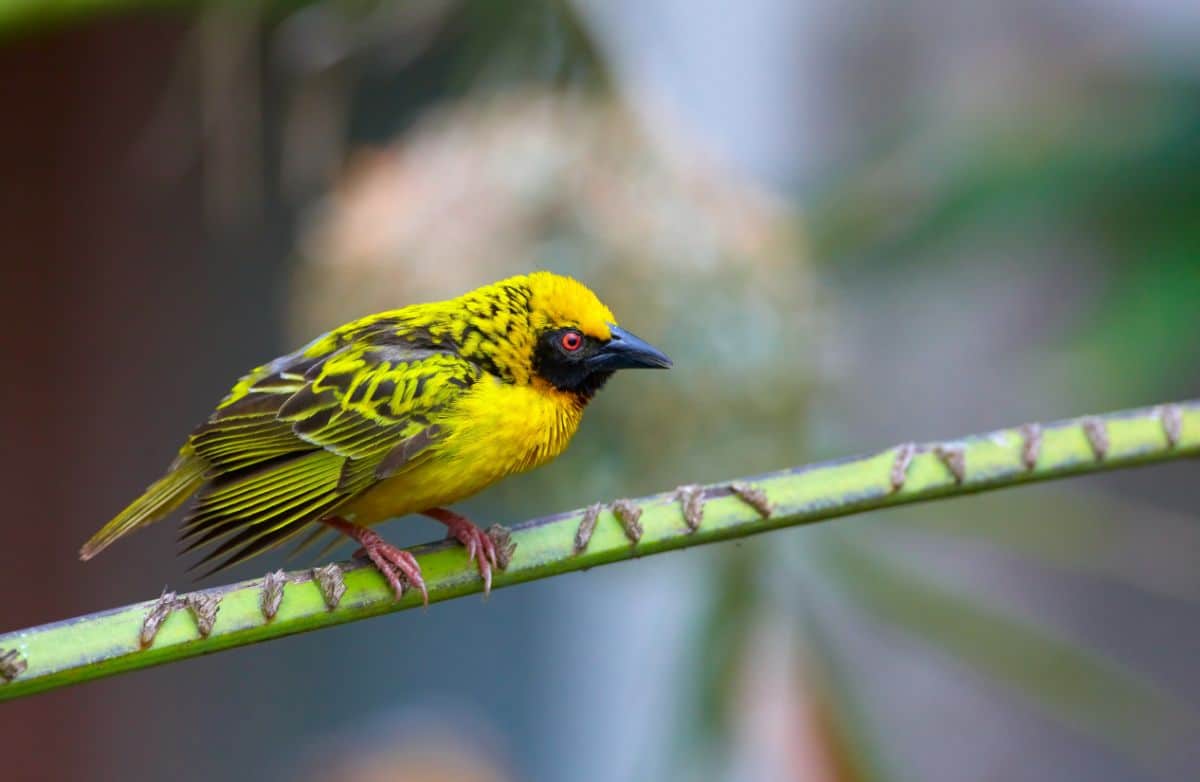
Village Weavers are native to south-Saharan Africa, feasting primarily on insects, but will consume nectar, seeds, and grain. This bird has dark red eyes and sports contrasting dark brownish-black coloring against bright yellow plumage. Naturally, non-breeding males and females will have duller colorations than the breeding males.
16. Violet Cuckoo
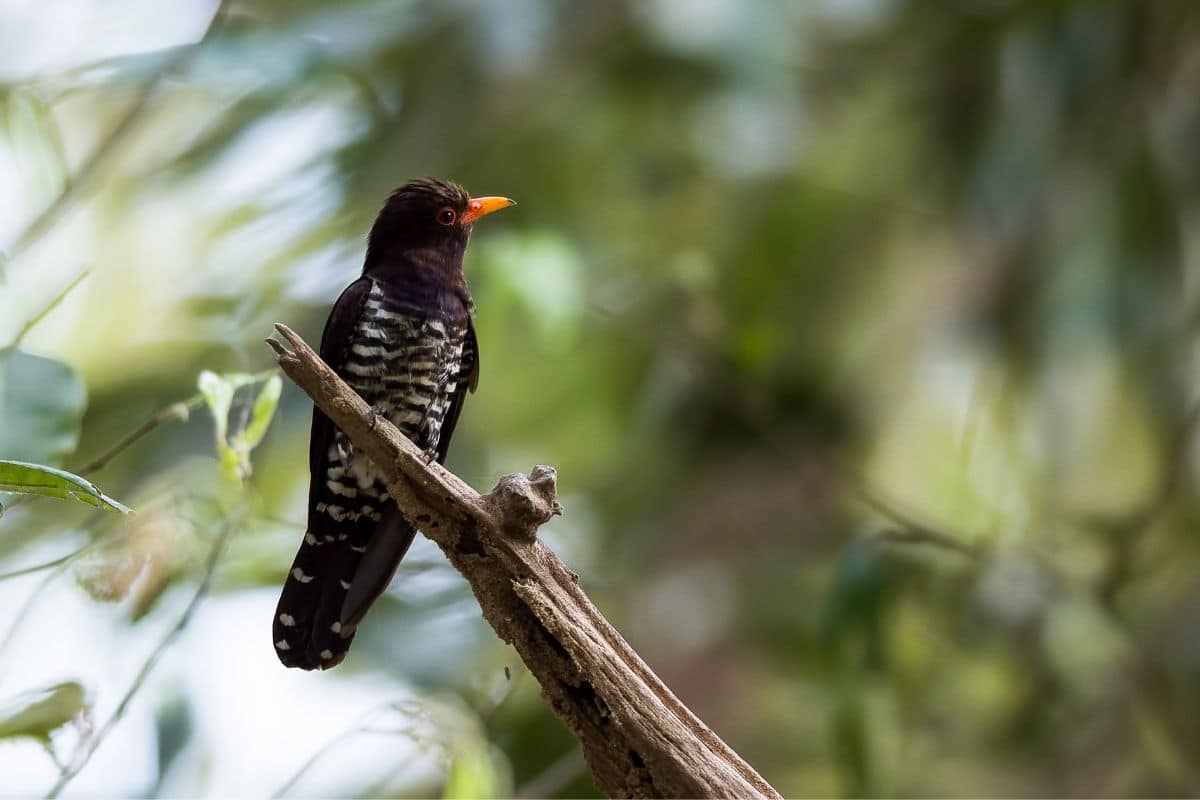
The Violet Cuckoo exists from the Philippines and Southeast Asia to Northeastern India. The males have brilliant violet-purple plumage coloring, a white belly, and a red eye ring. Alternatively, females are more muted with greenish-brown hues and white eye markings. Insects are their primary diet source, but they will also consume fruit.
17. Violet-Crowned Hummingbird
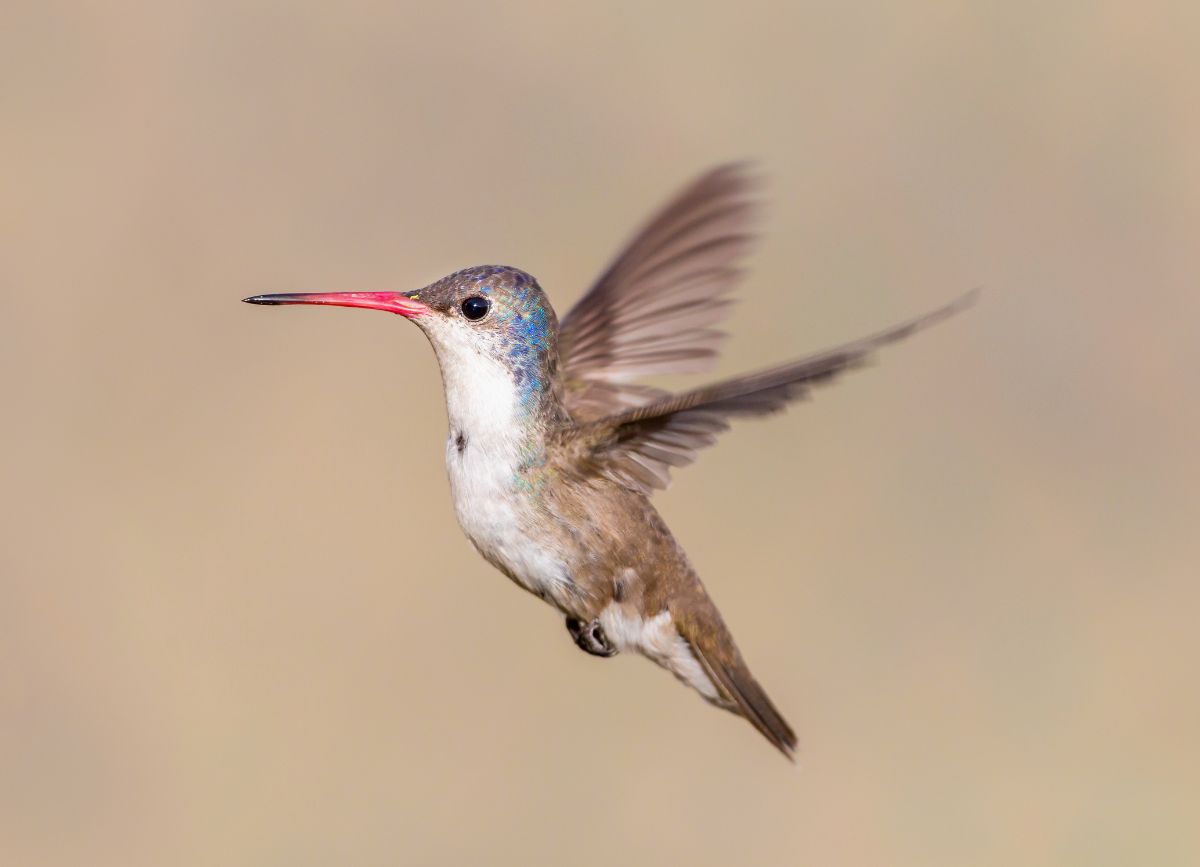
The Violet-Crowned Hummingbird has a distinctive violet crown, red bills, brownish wings, and lighter underparts. Although females are typically identical, their coloring is muted compared to the males. They feast on nectar and small insects while residing in the Mexican and southern US regions.
18. Violet-Eared Waxbill
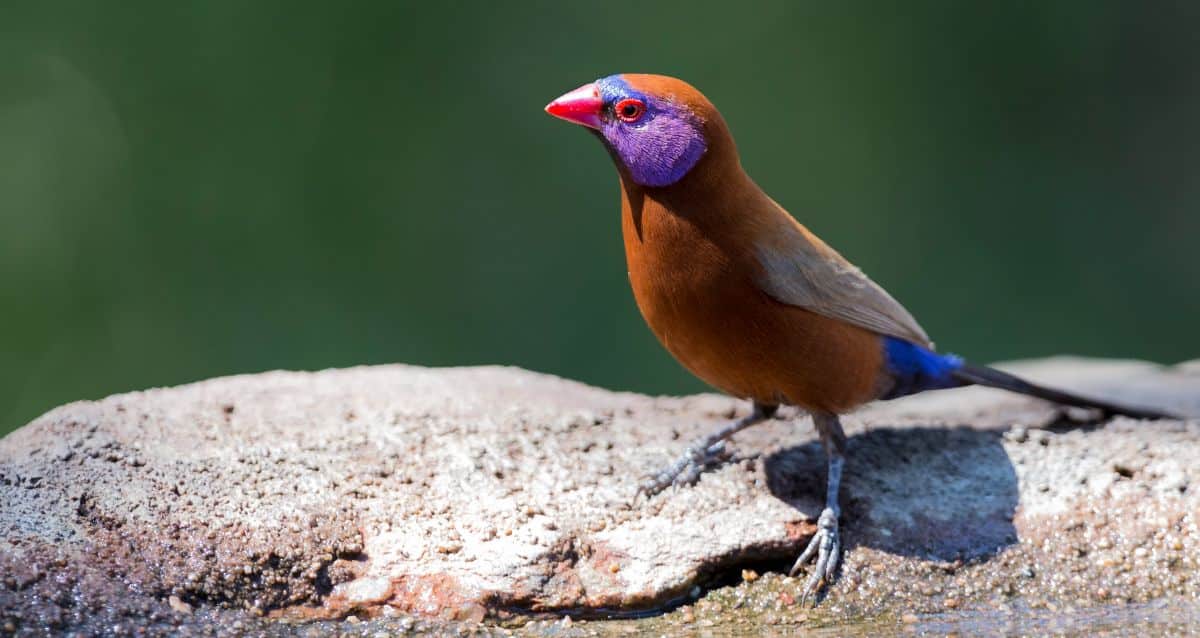
The Violet-Eared Waxbill is native to southern Africa as part of the Finch species. This bird shows off a red bill, violet ears, and a bright blue rear. Underparts will vary between males and females, from chestnut to cream colors. They eat primarily live food, including insects and mealworms.
19. Violet-Green Swallow
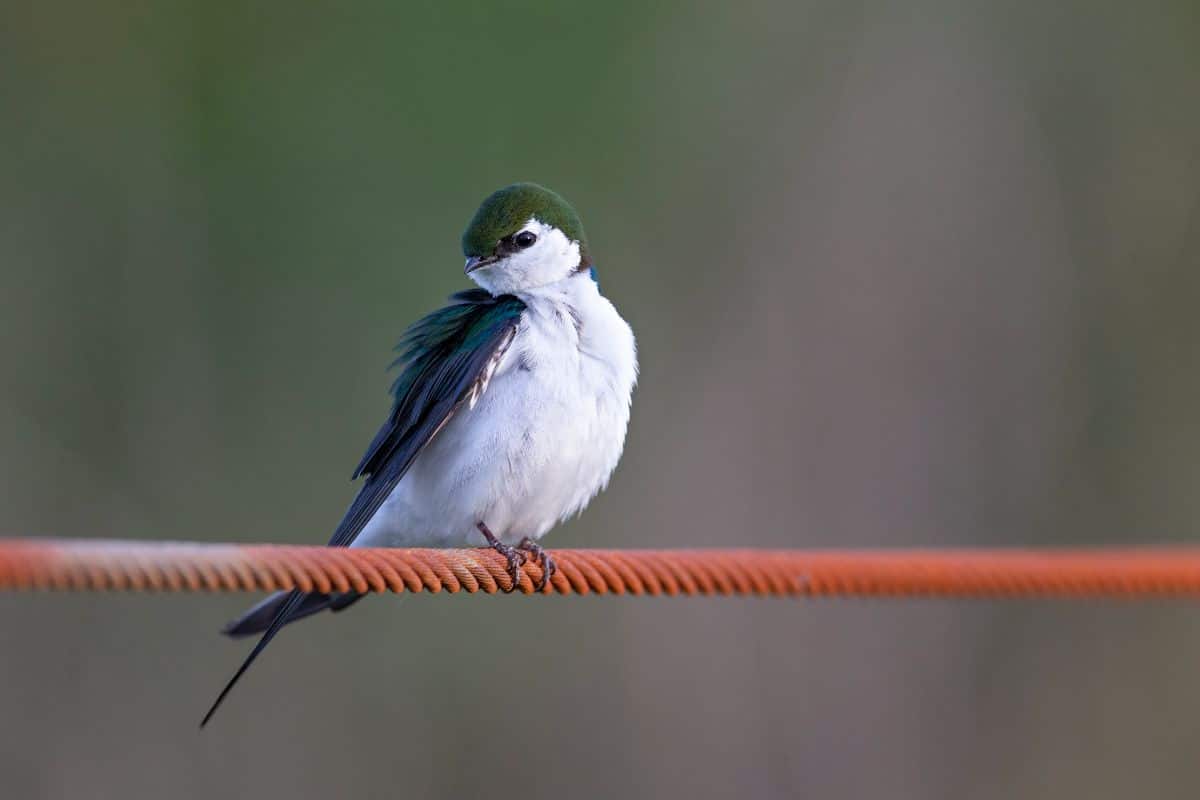
The Violet-Green Swallow is native to North America with brightly colored hues of green and purple for both male and female birds. However, the females will have more muted colorings. They feast on insects mid-flight but can be ground foragers if necessary.
20. Virginia Rail
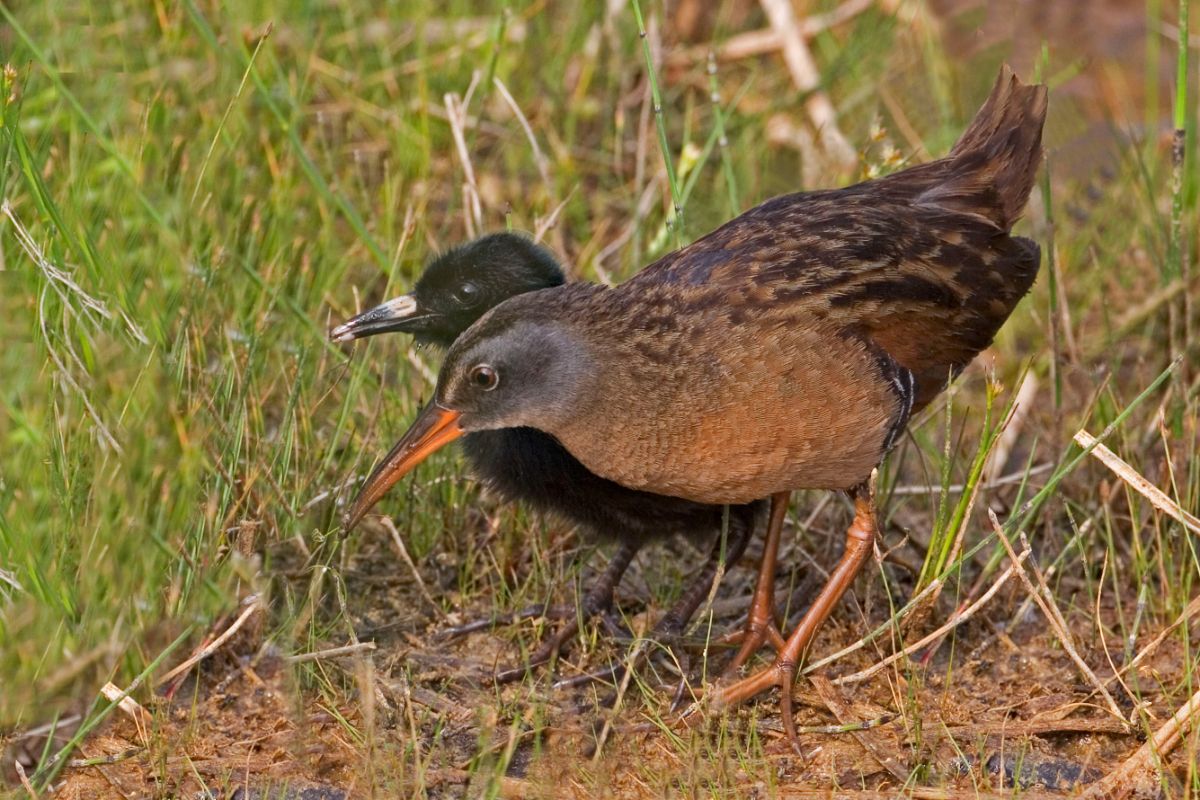
The Virginia Rail is a small water bird in North and Central America. These birds are dark to medium brown with orange-brown legs. They stay around marshes and freshwater, feasting on insects and aquatic vertebrae.
21. Virginia’s Warbler
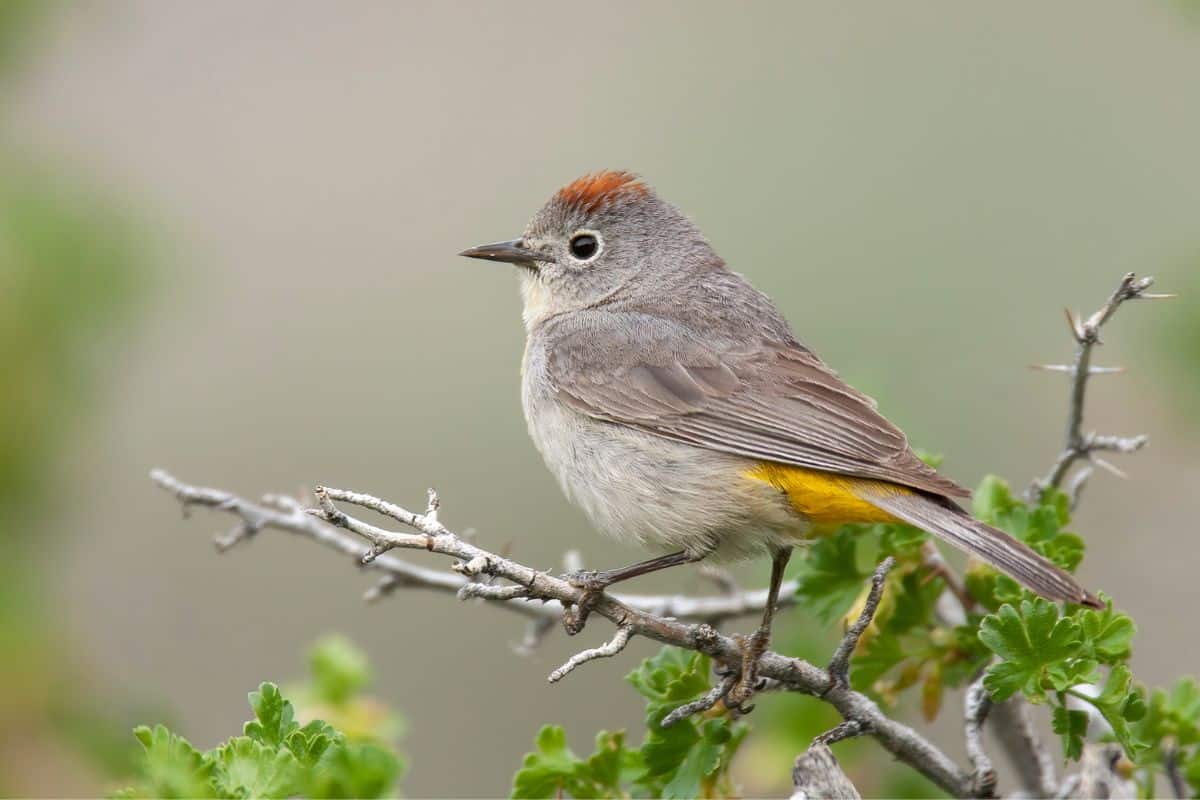
Virginia’s Warbler is a tiny, gray Warbler with yellow rump and chest sections. They stick to the southeastern areas of North America and migrate to Mexico. Their diet consists of insects, but they can also feast on nectar.
Conclusion
When exploring the bird world, it can be surprising how many birds that start with V are around the world. Have you heard of these 21 bird types before? Is there one that is your favorite?
